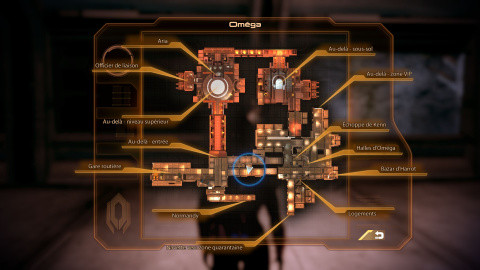
In contrast to a laser, SIMS induces sample ionization using particle bombardment with a continuous beam of highly-focused, energetic ions such as Cs +, Au 3 + and C 60 +.

MALDI-IMS relies on an ultraviolet laser as a source of external energy to ionize the biomolecules in the matrix-coated tissue slice. The main difference between MALDI and SIMS is the method of ionization. However, MALDI isn’t the only IMS approach, SIMS (secondary ion mass spectrometry) is another emerging technology in the IMS field, and was introduced by Prof Nick Winograd and his team in the late-90s. The whole IMS field was pioneered by Prof Richard Caprioli and his team, in the mid-90s, who used the MALDI (matrix-assisted laser desorption ionization) approach. IMS is now increasingly being used alongside traditional histological and immunohistochemical methods, to provide information about a myriad of chemical compounds, be they drugs, lipids, metabolites, peptides or proteins, all in one run! This is why IMS is being termed ‘molecular histology’, see Figure 2. If you are collecting spectra that are nanometers to micrometers apart, then these heatmaps are akin to microscopic images, but without the need for stains or antibody tags.
MASS EFFECT 2 ISH LICENSE
and made available on Wikimedia Commons under the Attribution- 4.0 International license The Magic of Heatmaps An overlay image of these two masses is also shown. The first Hex4dHex2HexNAc5 at m/z = 1996.7 is located in the cortex and medulla while Hex5dHex2HexNAc5 m/z = 2158.7 is more abundant in the cortex of the mouse kidney. Adapted image of two ions that correspond to known N-glycans in the mouse kidney. The latter approach is nice because it allows you to generate a ‘heatmap’ of your biomolecule of interest, visualizing its abundance throughout your region of interest.įigure 2. Once you’ve collected your entire dataset then you can analyze one of two ways: 1) You can either look at a whole spectrum’s worth of ions expressed at a single point, or 2) Pick a certain m/z value and gauge its intensity at each point in your scanning raster. The distance between points is determined by the set scanning resolution. a whole section of tissue), and sequentially collect a complete mass spectrum at each point. The difference with IMS is that you scan your whole biological sample (e.g. Usually to analyze your mass spec sample, you would perform the ionization, mass filtration, and detection, steps once – or if you are being stringent about replicability more times (3 seems to be the golden number!).

The y-axis shows the intensity, which is a measure of the abundance of that ion in the sample. And since the majority of the ions have a charge of 1, the m/z value is equivalent to the ion’s mass. On the mass spectrum readout the mass-to-charge (m/z) values appears on the x-axis. and made available on Wikimedia Commons under the Attribution- 4.0 International license Adapted image of a MALDI spectra from mouse kidney tissue. Those with a smaller mass are detected first. The result you get at the end of this process (which can be seen below in Figure 1) is called a mass spectrum!įigure 1. The final element of a mass spectrometer detects the charged particles one after the other as they hit the detector or fly past it. those with a smaller mass) will move faster. The extent of the deflection depends on the mass, so ions of different mass will move through the machine at different speeds. The ions are then deflected by a magnetic field. Since opposites attract, positive ions created during ionization will move towards negative plates. So, you must first break the molecules in your sample into smaller ions by blasting it with residual energy, using either a laser or bombarding it with electrons. Mass spec can only measure the mass of charged particles (i.e.

The same three basic steps in mass spec are in IMS too. But in short, mass spectrometry (or mass spec to those in the ‘know’) allows you to measure the mass of molecules in a sample and quantify them. If you are new to mass spectrometry, we’ve got some excellent primers How Does Mass Spec Work and Get Out of Western Blot Hell: An intro to Mass Spec. Great for looking how drugs, lipids, metabolites, peptides, or proteins, are distributed in your sample (e.g.

The result of which is a sort of ‘molecular histology’. IMS is a rapidly advancing technique that nicely blends the best bits of mass spectrometry with microscopic imaging. It may not be mainstream (hipster hearts rejoice!), but imaging mass spectrometry (IMS) has been around for a while.


 0 kommentar(er)
0 kommentar(er)
